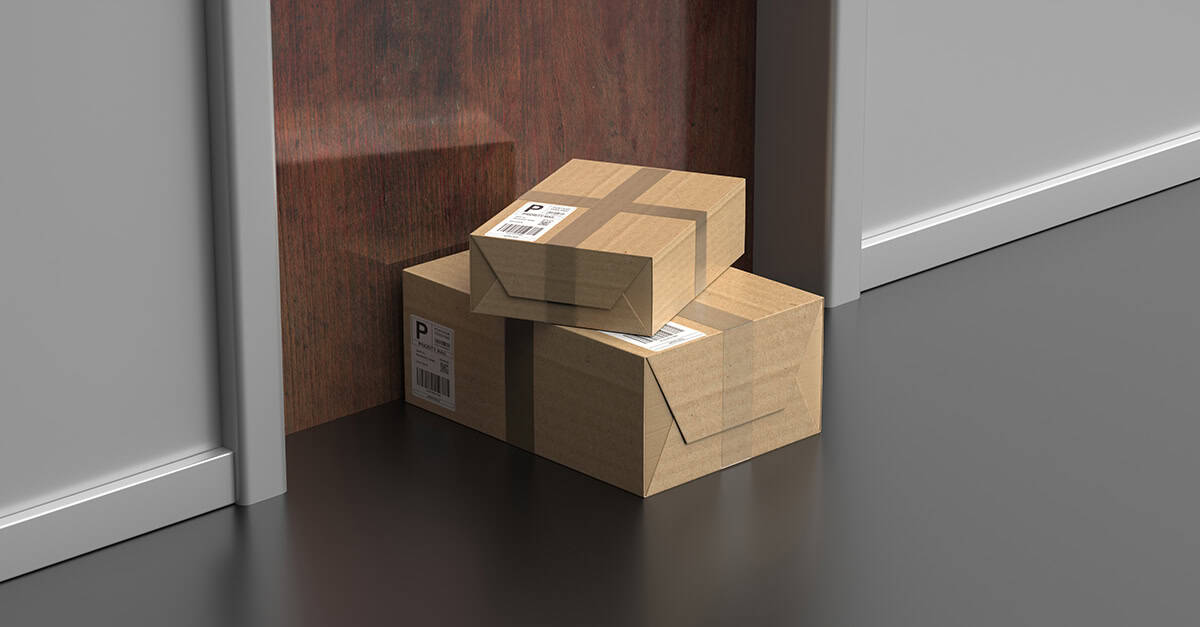
Should you avoid split orders for better omnichannel efficiency?
Split orders are a method employed when a single order comprising multiple items cannot be fulfilled simultaneously. In these instances, splitting an order to ship items separately allows brands to meet customer demands for prompt and dependable delivery, thereby fostering loyalty and repeat business.
The seamless flow of goods is pivotal for organisations striving to excel in a fiercely competitive market, and while the implementation of split shipments is often necessary to meet delivery promises, it requires efficient management to address logistical challenges, reduce transit times and costs, and provide a seamless customer experience.
Let’s explore how retailers can optimise omnichannel efficiency in the case of split orders.
Understanding splits
Split orders, or split baskets, refers to the practice of delivering goods to consumers in more than one shipment. The primary difference lies in when – and, in some cases, by whom – the decision on the delivery method is made.
- Split basket: Driven by customer intent, a split basket is a scenario where shoppers are informed during checkout or upon delivery confirmation that their order will be divided into multiple parcels. Customers may even have the option to choose between waiting for a combined delivery or receiving individual items more quickly.
- Split order: A split order is back-end decision made after the customer completes the checkout process. Retailers then assess available stock positions and recognise the need for multiple shipments, often due to items being located in different facilities, such as a distribution centre and a store.
There are a number of situations where a retailer should split shipments to a customer:
- You are facing an out-of-stock situation: Sending available items promptly, even if the complete order is not ready, is often preferable to waiting for all items to be in stock.
- You have numerous stock locations: Items located in different warehouses can be shipped directly to the customer from separate locations, optimising efficiency and sometimes even optimising shipping costs. Of course, considering an item’s size or weight can influence the decision to split shipments.
- You displayed a delivery promise for each shipment: Offering customers the option to have items delivered to multiple locations, especially in the case of gifts, enhances the overall customer experience.
Do splits really need to be avoided?
It depends on the situation. While split shipments may incur additional transportation costs for retailers, they can also come with several positive outcomes:
- Enhanced customer satisfaction: Split shipments ensure customers receive all items in their order promptly, as retailers can immediately dispatch items directly to customers from different locations, rather than waiting for transfers between stock locations. While partial fulfilment of orders assists in meeting expectations for fast delivery, customers must have been informed about the split before validating their orders and the Delivery Promise displayed must consider splits.
- Higher sales and average order value: The flexibility inherent in split shipments can be a powerful tool for retailers seeking to boost their bottom line. When customers are aware that their orders can be divided based on item availability, they may be inclined to place larger orders. This increases average order value, a metric that holds significant weight in the profitability equation.
- Cost optimisation: Critics of split shipments often point to the potential increase in transportation costs as a deterrent. However, a nuanced perspective reveals that split shipments can, in fact, be a catalyst for cost optimisation. By intelligently considering factors such as item weight and volume, retailers can strategically plan shipments to minimise overall shipping expenses. This creates a delicate balance where customer satisfaction is maintained and operational costs are optimised.
- Inventory management flexibility: Effective inventory management is key to successful retail operations. Split shipments offer retailers the flexibility to manage their inventory with precision. By shipping items as they become available, retailers can mitigate the risks associated with overstocking or backorders. This dynamic approach not only streamlines operations but also positions retailers to respond swiftly to unpredictable shifts in demand.
To ensure a seamless customer experience, even in split shipment situations, effective customer communication is key. Here are 3 communications you should implement:
- Timely notifications: Inform customers as soon as the decision to split the order is made.
- Detailed email confirmations: Send email confirmations for each package with tracking information and shipping methods.
- Regular updates: Provide regular updates on the fulfilment status of each package.
Though split orders can pose logistical challenges for retailers, they are often unavoidable in today’s complex retail supply chain. OneStock’s advanced OMS is a strategic ally in split shipment optimisation, eliminating inventory silos, automating routing decisions and ensuring a superior customer experience.
Further reading: Retail insight: when to split baskets and when to split orders


